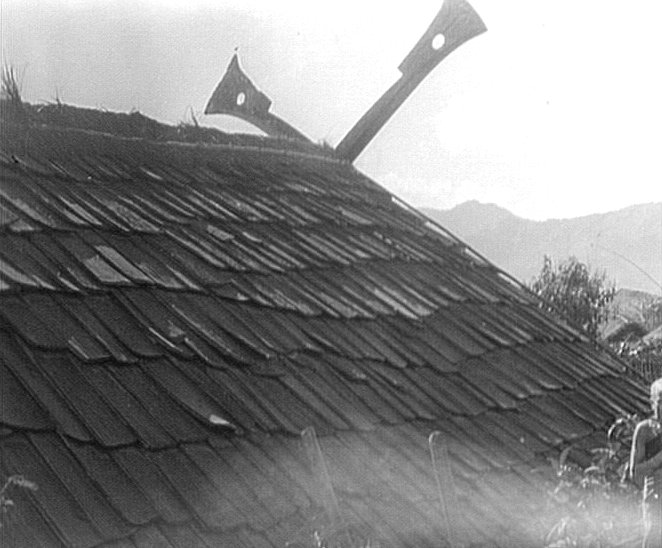The purpose of storytelling in my culture is not to preserve static traditions; the stories are not rigid but dynamic. The purpose is to give psychological and social forces that created them. The great stories means they are the result of many reworking and refinements, it is the result of the verbal skills of many tellers.
In a printed stories the fashion of good narrative is one filled with suspense, what will happen next! Suspense does not play important role in the folktales of Tangkhul. The form of storytelling in our culture is different from the modern form of storytelling. One reason for the different is that Tangkhul developed their culture without writing. In a culture where nothing is written and completely dependent on the oral traditional, storytelling is extremely important and serves many practical functions. The art of storytelling and listening is not just a time pass venture!
Story largely constitute in a society where most of the culture does not exist until someone speaks. That is the reason stories are told over and over again. Many of the stories are as old as the words itself and many are centuries old. The stories had been retold for years, for decades and for generations and are familiar to everyone except youngest children.
In our culture everyone told stories, there is no such thing as professional storytellers. Listeners to a story have told that story themselves, perhaps many times. So, suspense, passive curiosity as to what happens next was a little interest to us.
Storytelling in our culture can compare to performing of and listening to music (only thing is that, he do not have to pay to listen the story), person who buys a ticket for a concert hoping to hear familiar songs. His knowledge of the performers enables him to appreciate the qualities of the performance. The recitalist may have been a listeners many times before. The stories were constructed of words, not just sounds. The sound of words contributed significantly to the narrative effect.
The people listened very carefully to each teller’s vocal inflection, verbal innovations, rhetorical omissions and additions, shifts in the order of events, modifications of character, and so forth, because these performative qualities endowed the old story with its special contemporary relevance. Alterations usually made the story particularly applicable to current circumstances, community issues, familial difficulties, new ideas about traditional practices. For example, one member of the society was causing difficulties ; somebody would tell an old story about a character who caused the same sort of trouble for his group. Everybody knows where story is targeting. Thus, communal pressure was exerted without openly embarrassing the troublemaker or his relatives. It gives everyone to participate in a group reaffirmation of the wisdom and usefulness of the traditional culture. This is one example of how old stories always entered into contemporary life.
Our stories depend on more active imaginative participation in the story by the audience than modern fiction stories. They require vigorous independence of imaginative response from each member of their audience, helping each to become more useful to the community. Modern fiction stories encourage to be passive, it let story writer to imagine for the reader within expected patterns of fantasy. In other words in today’s fiction ‘fantasy’ is tame, unspectacular compared to folklore narrative in which anything can happen eg. duration of the day and night was decided by tiny eyed mole; a woman married to bear; god asked beetle to go and take fire from human being and how the earth quake originated; a deal between man and the rat; a girl who turned into a hornbill etc. In most of the tales, physically smaller person or animals are trickier than the bigger one and in many cases, the former outwit the latter.
The weird, exaggerated, impossible features of their narratives were not escapist fantasizing, but their means for imagining rare situations, feelings, attitudes, beliefs of the functioning of their societies. Our forefathers considered story telling as an imaginative exercise. Our stories were intended to highlight and evaluate the deepest personal emotions and the most fundamental social structures that allowed a community to function productivity and enduringly.







